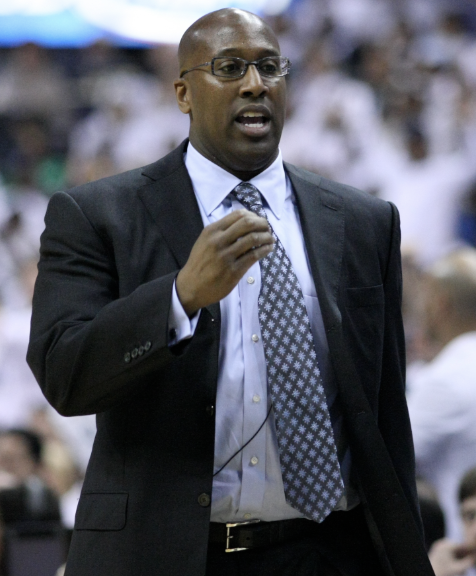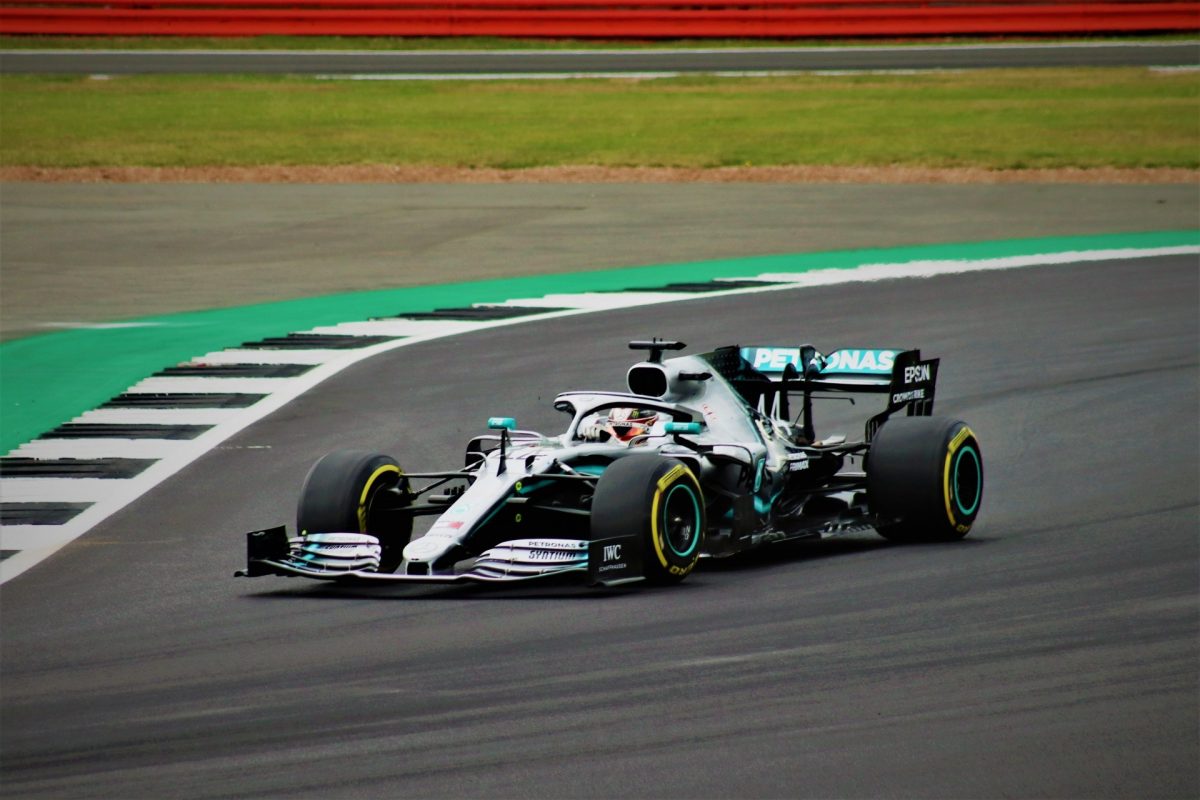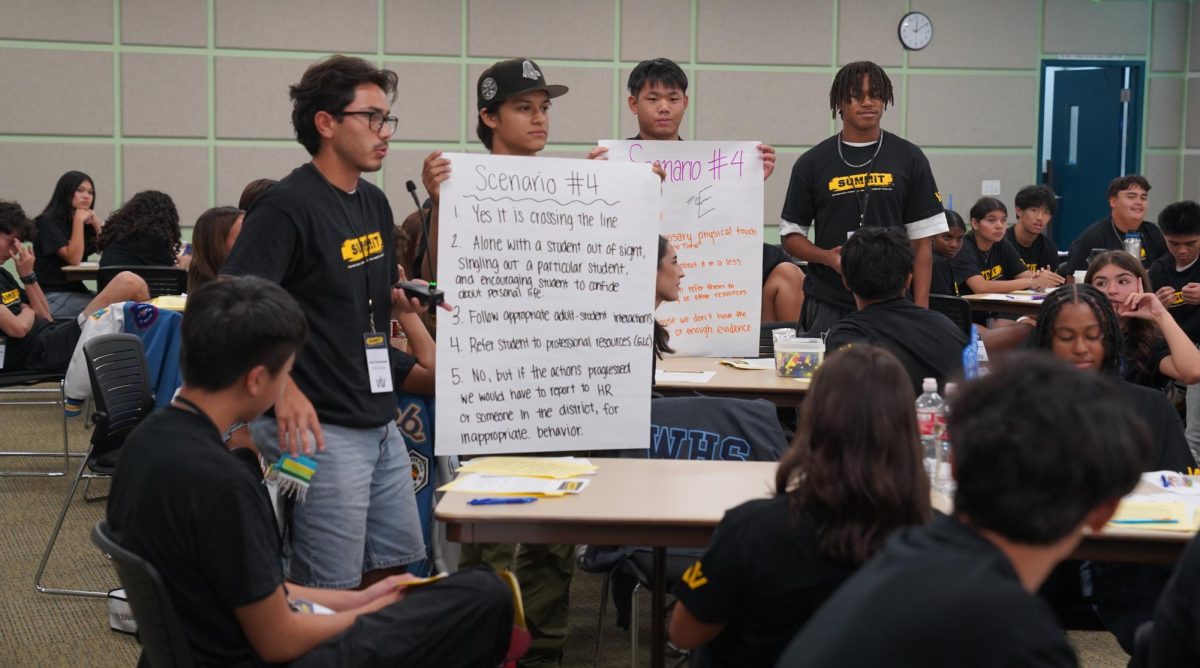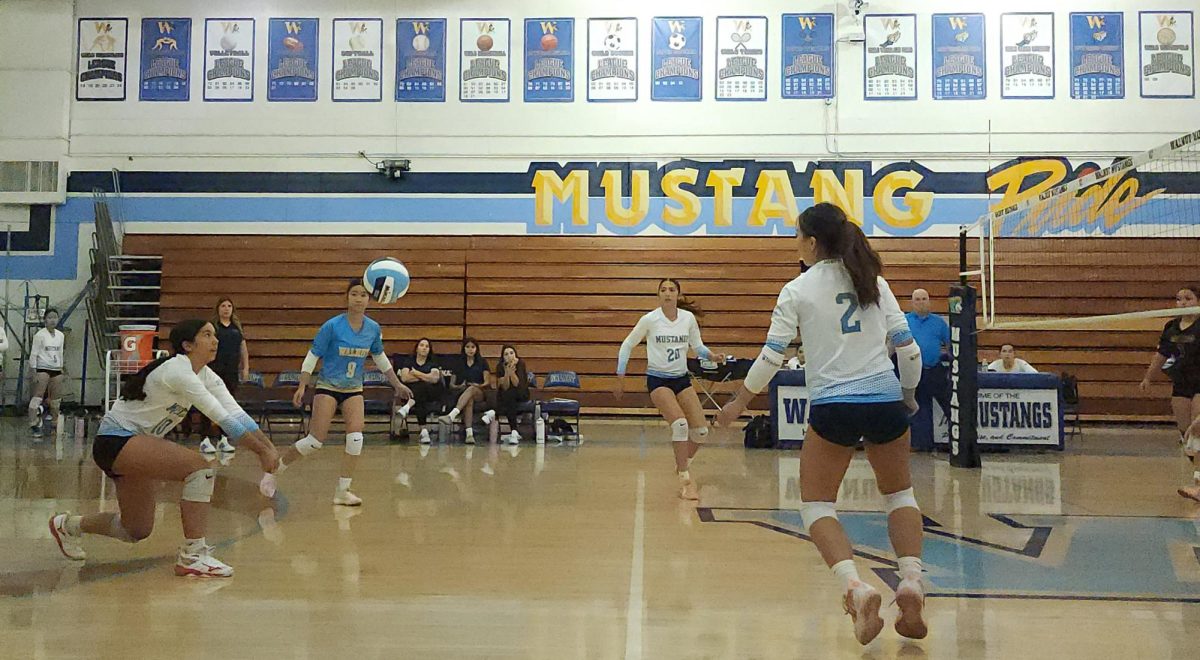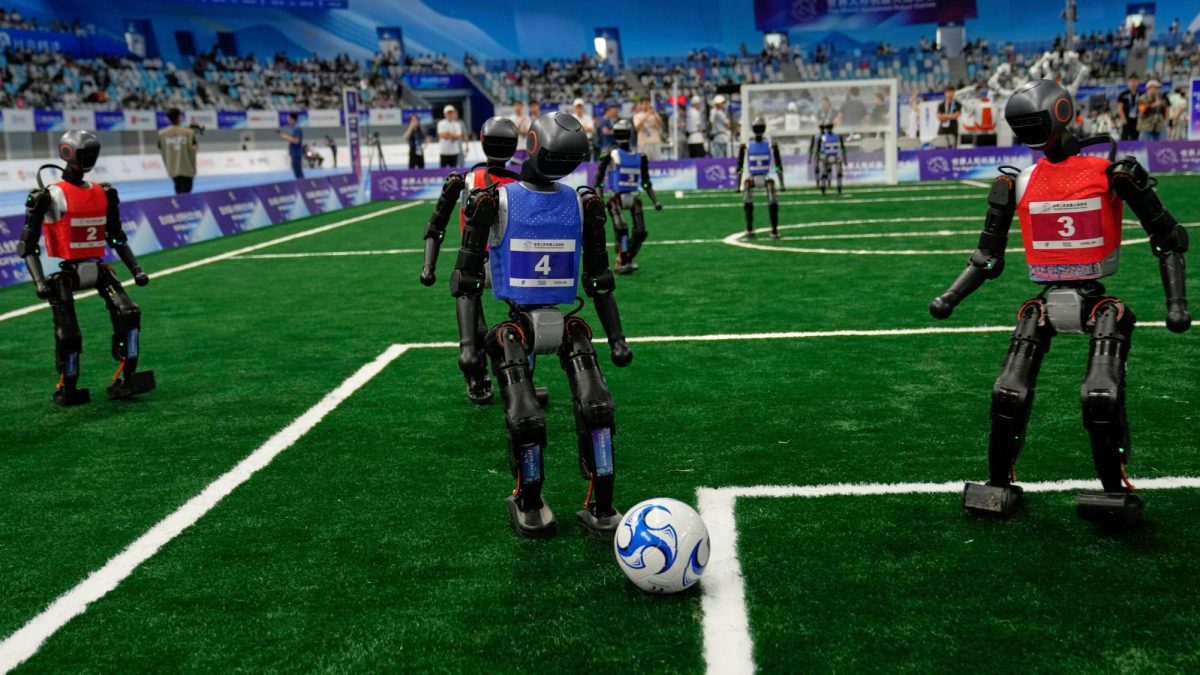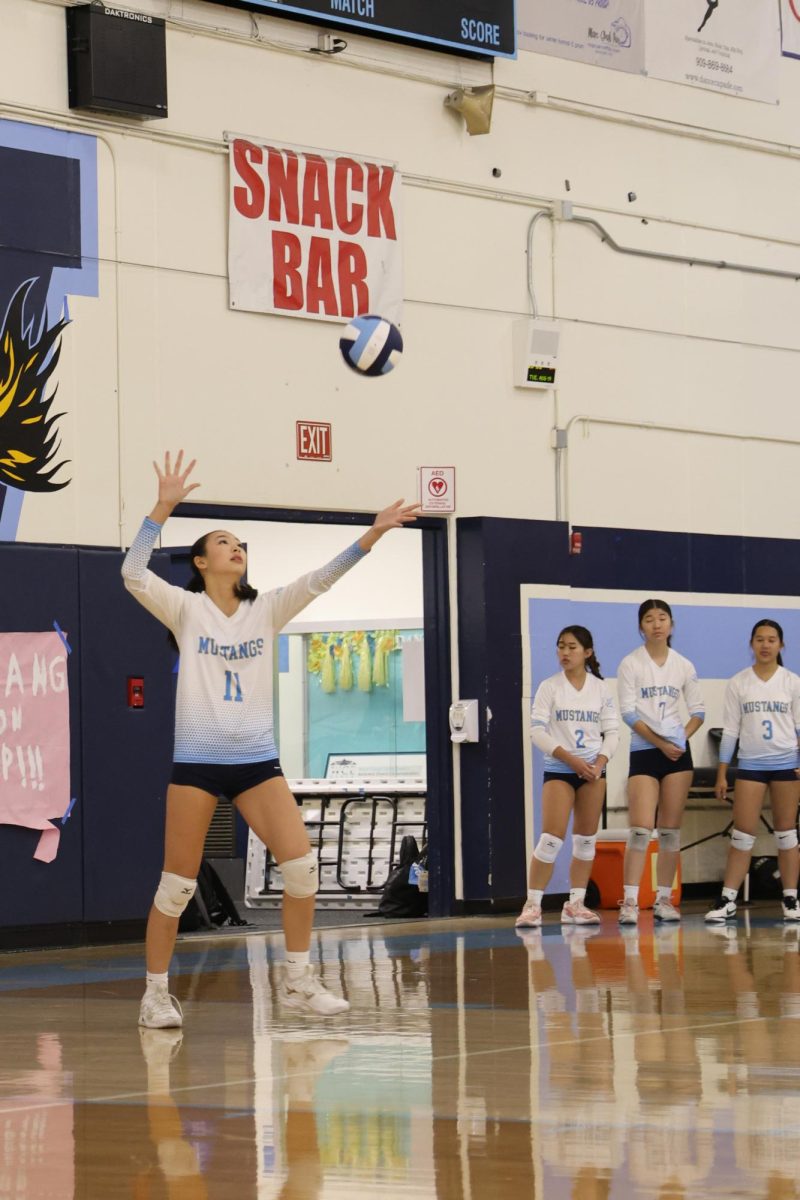In today’s world of sports, it seems like head coaches are always the first to go whenever a team fails to meet expectations, with the culture of firing coaches a symptom of franchises simply desperate for results. Whether it be at the collegiate level, professional level or even the high school level, the mindset of only holding a coaching staff accountable instead of the players is harmful toward organizational stability and long-term success.
For example, within the National Basketball Association (NBA), the Denver Nuggets– the fourth seed in the Western Conference– fired head coach Micheal Malone on April 8 after losing only four games in a row. However, Malone was the most successful coach in terms of total wins in franchise history since 2015, leading the Nuggets to the 2023 NBA championship. Just a week prior, head coach Taylor Jenkins was also let go from a successful Memphis Grizzlies team that was fourth seed in the Western Conference. In fact, four of the last six coaches to win the NBA finals– the highest accomplishment in professional basketball– have been fired. The culture of pointing fingers toward a coaching staff is wrong, with it promoting an environment where players are becoming increasingly untouchable. If a player underperforms, they can simply put the hot seat on the coach instead of taking accountability.
Getting caught in a cycle of constantly hiring and firing coaches without figuring out the real root of the problem only will lead to further disasters. Take Coach of the Year in 2023 Mike Brown who was fired from the Sacramento Kings, for example. He led the organization to their first playoff appearance in 17 years, but after a disappointing few games, the team decided to fire Brown. Now the Kings sit in the 9th seed of the Western Conference, stuck between decisions to rebuild or continue to be just mid.
Coaches are there to lead and implement strategy, but they can not themselves execute the plays in games. When a player doesn’t give their full effort or fails to perform, it is simply unfair to put the blame on the coaching staff. Rather than point fingers at coaches, general managers need to take a closer look at roster construction and player development. A constant cycle of hire and fire won’t matter if the same internal issues continue.
In the National Football Association as well, coaches are victims. Players generate millions of dollars and should instead be held accountable when performance has not reached the desired outcome. For example, Los Angeles Chargers head coach Brandon Staley was fired due to the team’s lackluster performance. However, the real problem lay in the disconnect between the players in the locker room and inconsistent quarterback play paired with a defense that lacked execution.
Accountability needs to be distributed fairly. Holding both sides responsible would create a healthier environment, where young players can actually build their game within a consistent system. Firing coaches merely just poses an illusion of progress and is instead a short-term fix to appease the fans.

